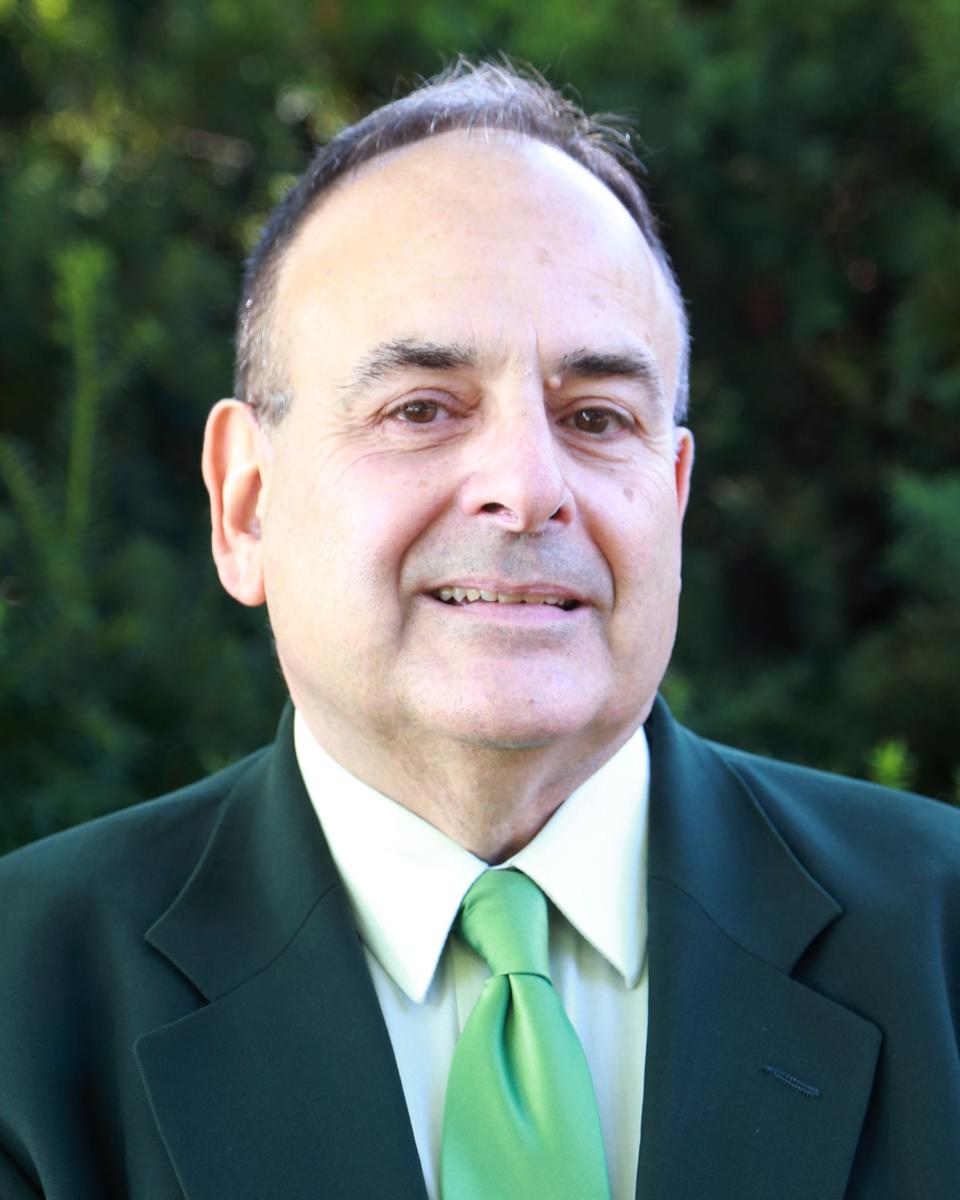Opinion: 'Reimagining' higher education really means 'relate and revise'
The term “reimagining” is being used to reconfigure practices and offset an anticipated $15 million shortfall by 2025 in the College of Liberal Arts and Sciences at Iowa State University.
Reasons are many, involving stagnant state support of higher education coinciding with enrollment declines — not only in admissions, but also in tuition-generating foundation courses in the arts, humanities and sciences.
Small matters have accumulated impact. Such is the case with advanced placement courses, which high school students take rather than enroll in equivalent courses when they are at college.
AP courses are beneficial in many ways, helping a more diverse student body apply for college admission and succeed once they do enter. But the content of those courses — arts, English, history, social sciences, hard sciences, computer science and math — affects one college in particular: liberal arts and sciences.
At Iowa State, the LAS College doubles as University College for students who have yet to declare a major.
For instance, University College at Ohio University serves both undecided and undeclared students who are exploring degree options. University College at Louisiana State University “provides a foundation of support services for students beginning their academic careers.” University College at Texas State advises undecided and pre-professional majors as well as administers a general studies degree.
ISU’s LAS college does all this without adding yet another dean, dean’s staff, campus building and associated costs.
Similar colleges nationwide are experiencing budget shortfalls.
The College of Liberal Arts and Sciences at the University of Kansas experienced a 10% budget cut last year. Marquette University did not renew contracts of dozens of instructors in the humanities and liberal arts because of declining enrollment and “smaller pool of prospective students due to declining birth rates.” The University of Iowa’s College of Liberal Arts and Sciences is addressing a $6.2 million deficit due to a host of factors, including turnover of leadership, budget model changes and fiscal uncertainty.
It is high time to reimagine higher education. Doing so requires a renewed partnership between administration and professoriate. One must relate to the challenges of the other and be willing to revise conventional practices for the good of the institution and, above all, the students.
Fact is that problems facing LAS colleges today existed 10 or more years ago. But little was done to address them as administrators and professors typically balked at working toward a common goal. Now changes will be done by budget rather than by pedagogy, which may result in unforeseen consequences associated with accreditation, reputation and shared governance.
I have been warning about consequences since 2010.
My earliest article appeared in the Chronicle of Higher Education, titled “The Elephant in the Room: Curricular Glut”: “In our current recession,” I wrote, “which has led to deep budget cuts, few public institutions are operating normally — except, perhaps, in an area that expands at the expense of faculty and staff members even in less straitened times: the curriculum.” Moral: Faculty must streamline curricula to help meet budgetary goals.
I followed up in the Chronicle in 2011 in a piece titled, “Balance Your Budget by Cleaning House,” recommending, among other things, eliminating course duplication, honing degree requirements, closing centers and institutes, cutting administration, and once again, curtailing curricular expansion. Moral: If administration and professoriate do not work collaboratively, consultants and legislators will cut programs and funding.
I followed up again, this time in Inside Higher Education, with an article titled, “12 Ways to Survive 2011-12,” encouraging institutions to demand curricular reform; revise budget models; simplify degree requirements; eliminate sequences, options and tracks; and consolidate rather than terminate disciplines with low major enrollment. Moral: We can hope for better economic times, but a new era of fiscal responsibility is upon us.
My most recent article, “Bucking the Status Quo in the Aftermath of Pandemic,” published in The Department Chair journal in 2021, notes that the future of higher education looks bleak, with mounting student debt and lower enrollments exacerbated by economic shortfalls due to COVID-19. It warns that prospects will only worsen in years to come if institutions fail to change conventional practices.
What are those practices? Excessive student amenities, failed budget models, abysmal four-year graduation rates, aspirational rather than practical strategic plans, inadequate departmental retention efforts, and continued curricular bloat. Moral: Business as usual practices have a domino effect, with one indirectly aggravating another. Solutions must align all institutional initiatives for a unified, proactive approach.
The term “reimagine” means to think again with a new form of conception. But the word’s synonyms can inspire action plans: revisit, reanalyze, reevaluate and, more importantly, relate and revise.
It is easy to blame one camp or the other. That accomplishes little. It is vital now for administration and professoriate to work collaboratively to change the status quo and reinvent our roles in the process.

Michael Bugeja is a distinguished professor of liberal arts and sciences at Iowa State University. These views are his own.
This article originally appeared on Des Moines Register: Opinion: ISU, other schools run out of time to 'relate and revise'

